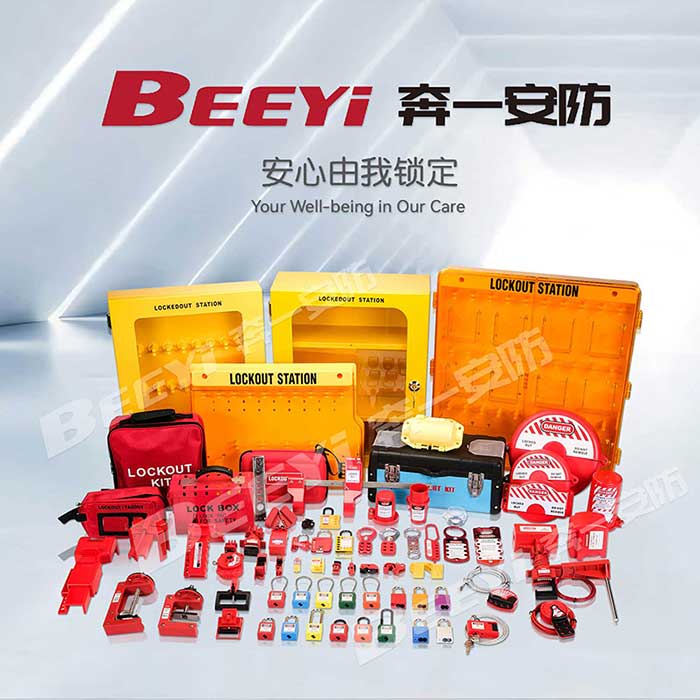In the dynamic world of industrial operations, ensuring worker safety is paramount. One of the critical aspects of workplace safety, especially in environments using pneumatic systems, is preventing the accidental activation of machinery during maintenance, repair, or servicing. Pneumatic lockouts play a pivotal role in achieving this goal, providing a secure mechanism to control and isolate pneumatic energy sources. These devices are designed to lock out pneumatic equipment and systems, effectively preventing unintentional startup and minimizing the risk of accidents.

What are Pneumatic Lockouts? Pneumatic lockouts are safety devices that are used to lock out the pneumatic energy source, typically air pressure, in machines and equipment. The primary function of these devices is to secure and control the flow of air or gas in pneumatic systems to prevent the system from being activated while it is being worked on. They are typically used in industrial settings, where compressed air is used to power machinery, tools, and equipment. A pneumatic lockout is generally installed at the air source or control valve and can be locked in place using a padlock or other locking mechanisms. This ensures that the equipment remains de-energized and prevents accidental operation while maintenance or repairs are being carried out.